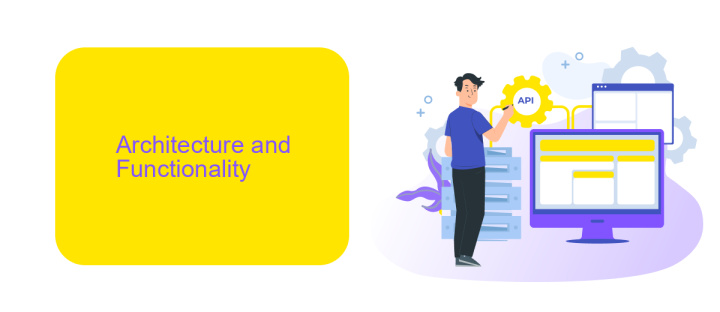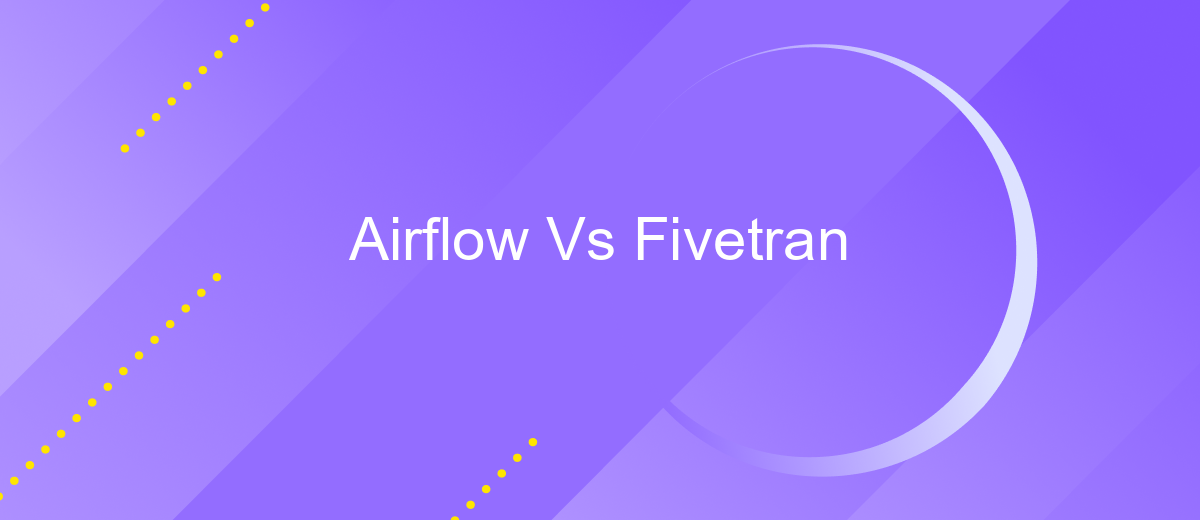Airflow Vs Fivetran
In the rapidly evolving landscape of data engineering, choosing the right tools for data integration and workflow orchestration is crucial. Apache Airflow and Fivetran are two prominent solutions that cater to these needs. This article delves into a detailed comparison between Airflow and Fivetran, examining their features, use cases, and how they can enhance your data management processes.
Introduction
In the world of data integration and workflow automation, two prominent tools stand out: Airflow and Fivetran. Both platforms offer unique features and capabilities that cater to different needs within the data engineering and analytics landscape. Understanding the differences between these tools can help businesses make informed decisions about which solution is best suited for their specific requirements.
- Airflow: An open-source platform designed for authoring, scheduling, and monitoring workflows programmatically.
- Fivetran: A managed data pipeline service that offers seamless data integration from various sources to your data warehouse.
While Airflow provides extensive customization and control over workflow orchestration, Fivetran excels in simplifying the data integration process by automating data extraction and loading. Additionally, services like ApiX-Drive can further enhance your data integration strategy by offering user-friendly interfaces and pre-built connectors, making it easier to integrate various applications and services without extensive coding. Choosing the right tool depends on your specific needs, technical expertise, and the complexity of your data workflows.
Architecture and Functionality

Airflow and Fivetran serve distinct purposes within the data pipeline ecosystem, each with its own architectural approach and functionality. Airflow is an open-source platform designed to programmatically author, schedule, and monitor workflows. It employs Directed Acyclic Graphs (DAGs) to manage task dependencies, offering a high degree of flexibility and control. Users can customize their workflows using Python, making it highly adaptable to complex data engineering needs. Airflow's architecture is modular, allowing for easy integration with various data sources and destinations, and it supports a wide range of operators for different tasks.
Fivetran, on the other hand, is a managed data integration service that focuses on delivering ready-to-use connectors for seamless data extraction and loading. It automates the process of syncing data from various sources to destinations like data warehouses, without requiring extensive setup or maintenance. Fivetran's architecture is designed for simplicity and reliability, handling schema changes and API updates automatically. For users seeking additional integration capabilities, services like ApiX-Drive can complement Fivetran by providing further customization and connectivity options, ensuring a smooth and efficient data pipeline.
Data Integration and Management

Data integration and management are crucial for businesses looking to streamline their operations and make data-driven decisions. Airflow and Fivetran offer unique solutions for these needs, but they cater to different aspects of data workflows. Airflow excels in orchestrating complex data pipelines, while Fivetran simplifies the process of data extraction and loading.
- Airflow: Ideal for custom data workflows and complex scheduling.
- Fivetran: Best for automated data extraction and loading from various sources.
- ApiX-Drive: Facilitates seamless integration between multiple platforms and services.
While Airflow and Fivetran serve distinct purposes, they can be complemented by tools like ApiX-Drive, which further enhance integration capabilities. ApiX-Drive allows businesses to automate data transfers between different systems, ensuring that all tools work in harmony. By leveraging these platforms, companies can achieve a more cohesive and efficient data management strategy.
Pricing and Value

When considering the pricing and value of Airflow and Fivetran, it's important to understand the different cost structures and what each platform offers. Airflow, being an open-source tool, is free to use but requires significant investment in infrastructure, maintenance, and skilled personnel to manage it effectively.
On the other hand, Fivetran operates on a subscription-based model, which includes the cost of the software, support, and maintenance. This makes it a more predictable expense, but it may be higher than the initial cost of setting up Airflow, especially for smaller teams or projects.
- Airflow: Open-source, free but requires infrastructure and maintenance costs
- Fivetran: Subscription-based, includes support and maintenance
- ApiX-Drive: Subscription-based, simplifies integration setup and management
In terms of value, Fivetran offers a more streamlined and user-friendly experience, reducing the need for specialized knowledge. Meanwhile, Airflow provides greater flexibility and control, which can be beneficial for complex workflows. Additionally, tools like ApiX-Drive can complement either platform by simplifying the integration process, thereby adding further value.
Conclusion
In conclusion, both Airflow and Fivetran offer robust solutions for data integration and pipeline management, each with its unique strengths. Airflow excels in providing a high level of customization and control over complex workflows, making it ideal for organizations with specific and intricate data processing needs. On the other hand, Fivetran simplifies the process of data integration with its automated, plug-and-play approach, which is perfect for businesses looking for quick and reliable data synchronization without the need for extensive setup.
Choosing between Airflow and Fivetran ultimately depends on your organization's requirements and technical expertise. For those who need a balance of flexibility and ease of use, integrating a service like ApiX-Drive can be beneficial. ApiX-Drive offers seamless integration capabilities, allowing you to connect various applications and automate workflows effortlessly. By leveraging such services, you can enhance your data management strategy, ensuring efficient and reliable data flow across your systems.
- Automate the work of an online store or landing
- Empower through integration
- Don't spend money on programmers and integrators
- Save time by automating routine tasks
FAQ
What are the primary differences between Airflow and Fivetran?
Which tool is better for complex ETL workflows?
Can Airflow and Fivetran be used together?
How do I decide which tool to use for my project?
Are there any services that can help with the automation and integration setup?
Apix-Drive is a universal tool that will quickly streamline any workflow, freeing you from routine and possible financial losses. Try ApiX-Drive in action and see how useful it is for you personally. In the meantime, when you are setting up connections between systems, think about where you are investing your free time, because now you will have much more of it.


